According to Mr. Ngo, in Soc Trang , specifically the section from Military School of Military Region 9 towards Bac Lieu province, in some places, saline groundwater was discovered at a depth of 500m. Currently, the salinity is over 1‰.
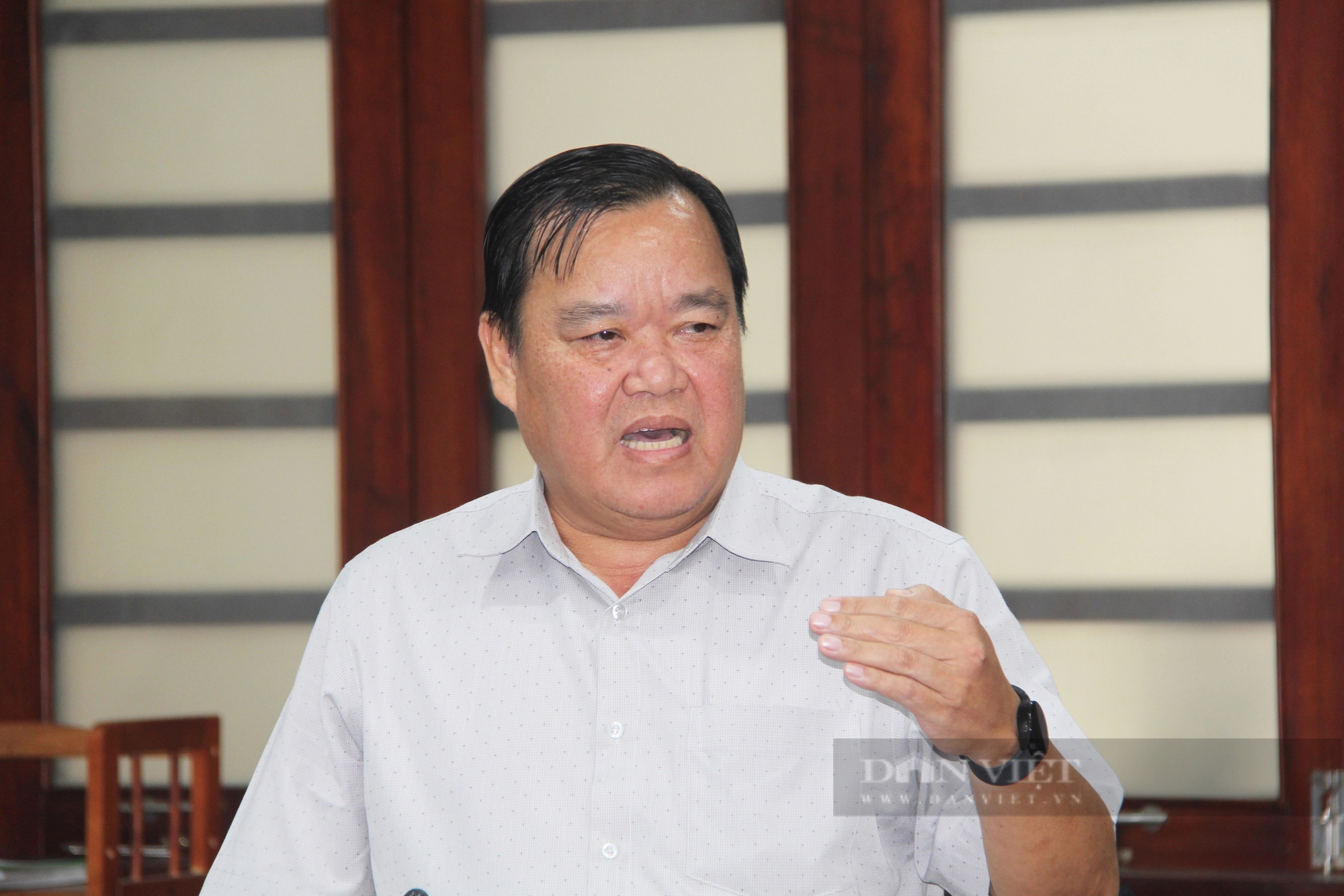
Mr. Dang Van Ngo - General Director of Soc Trang Province Water Supply Joint Stock Company talks about the saline groundwater source at a depth of 500m. Photo: Huynh Xay
"The saline groundwater source is gradually encroaching towards Bac Lieu province. This water source is very difficult to treat," said Mr. Ngo.
Mr. Ngo said that in the Mekong Delta, there are two water sources, including surface water in rivers and canals and underground water. Currently, in addition to salinity intrusion in surface water, underground water is also affected.
Therefore, Mr. Ngo commented, underground water sources "are gradually not as good as we think".
Regarding the general drought and salinity situation in the Mekong Delta, Mr. Le Ngoc Quyen - Director of the Southern Hydrometeorological Station (General Department of Meteorology, Ministry of Natural Resources and Environment ) said that in the past 10 years, the drought and salinity situation has been severe. From the second half of December 2023 until now, the Mekong Delta region has had almost no rain, some places have had rain but the amount is very low.
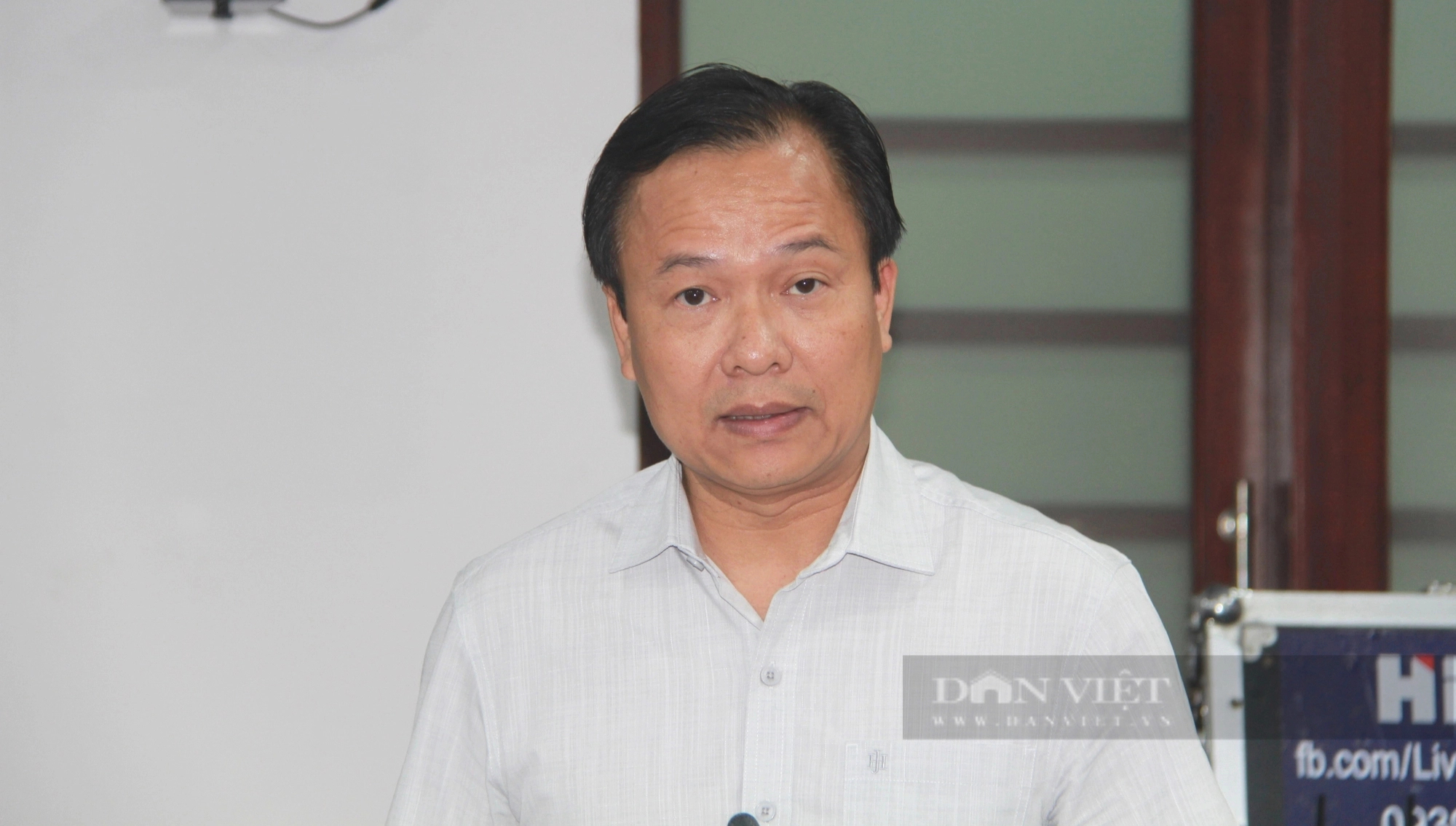
Mr. Le Ngoc Quyen - Director of the Southern Hydrometeorological Station informed about the drought and saltwater intrusion situation in the Mekong Delta. Photo: Huynh Xay
Currently, the provinces of Soc Trang, Long An, Tra Vinh, Bac Lieu, Ca Mau... have common saline intrusion higher than the average of many years (only lower than the dry season of 2016, 2020).
According to Mr. Quyen, since September 2023, in the face of the flood situation in the upstream, the unit has been monitoring and giving early warnings of which areas in the Mekong Delta are affected to provide information as soon as possible to the people and local authorities to have plans for production. Thanks to that, some localities have proactively planted rice early, avoided salinity, and stored water.
Mr. Tran Ba Hoang - Director of the Southern Institute of Water Resources (Ministry of Agriculture and Rural Development) said that based on early forecasts and specialized forecasts, the Ministry of Agriculture and Rural Development and localities have had reasonable production management instructions.
Up to this point, damage related to drought and saltwater intrusion has only occurred in some places due to farming outside the recommendations. The entire 1.5 million hectares of winter-spring rice has been harvested, most of which have achieved good yields, with 78,000 hectares still in bloom, with about 20,000 hectares at risk of being affected.
According to Dr. Tran Huu Hiep - an expert on economics and agriculture in the Mekong Delta, for many years, people have chosen to live with drought and salinity, but depending on the time, their awareness and adaptation solutions are different.
Regarding solutions in the coming time, Mr. Hiep said that it is necessary to have early forecasts for people to access and regularly update the drought and salinity map.
At the same time, drought and saltwater intrusion are considered cyclical characteristics, proactively regulating the irrigation system according to strict operating mechanisms...
Source


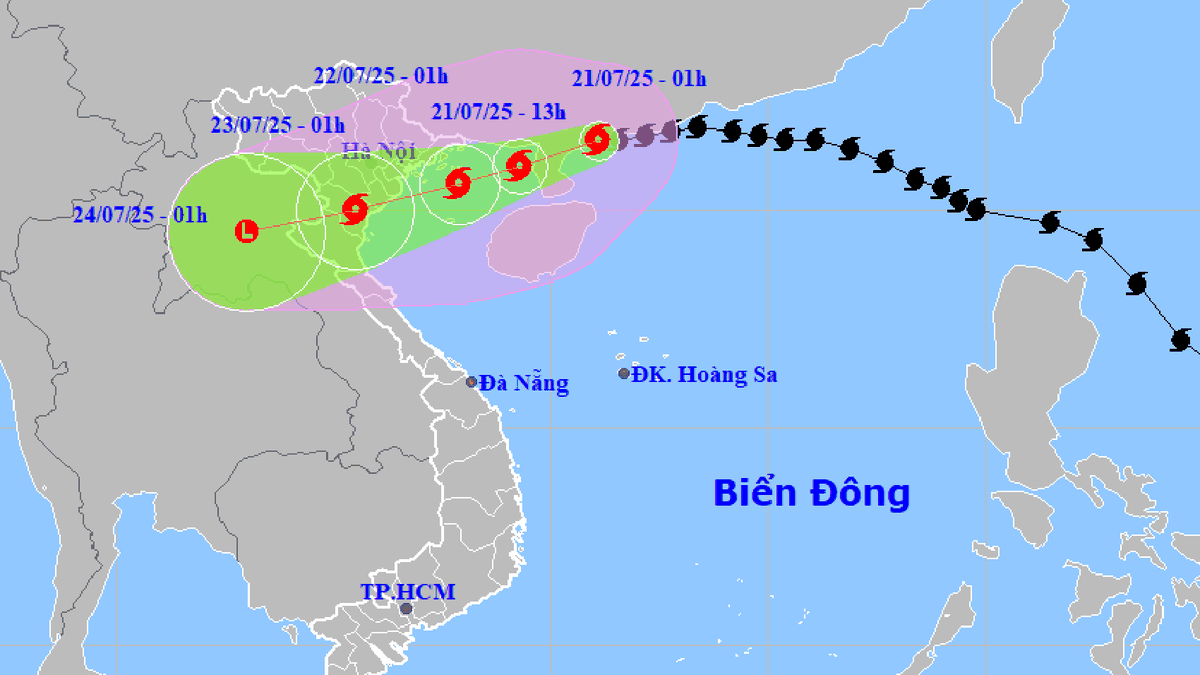
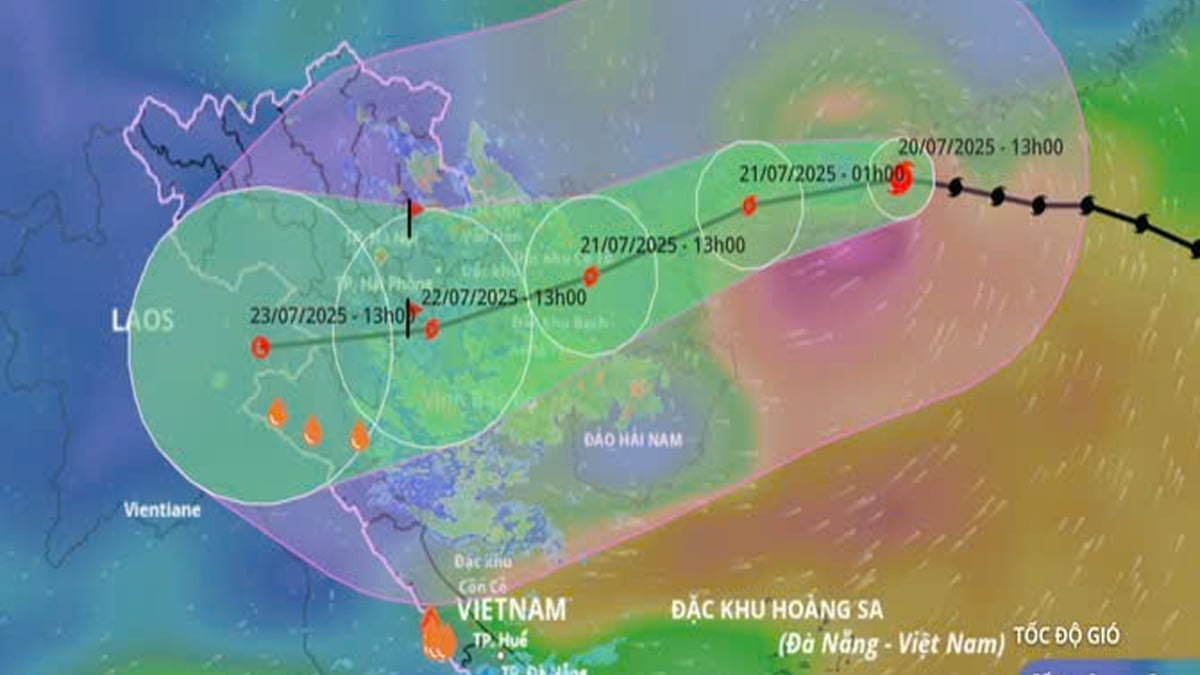
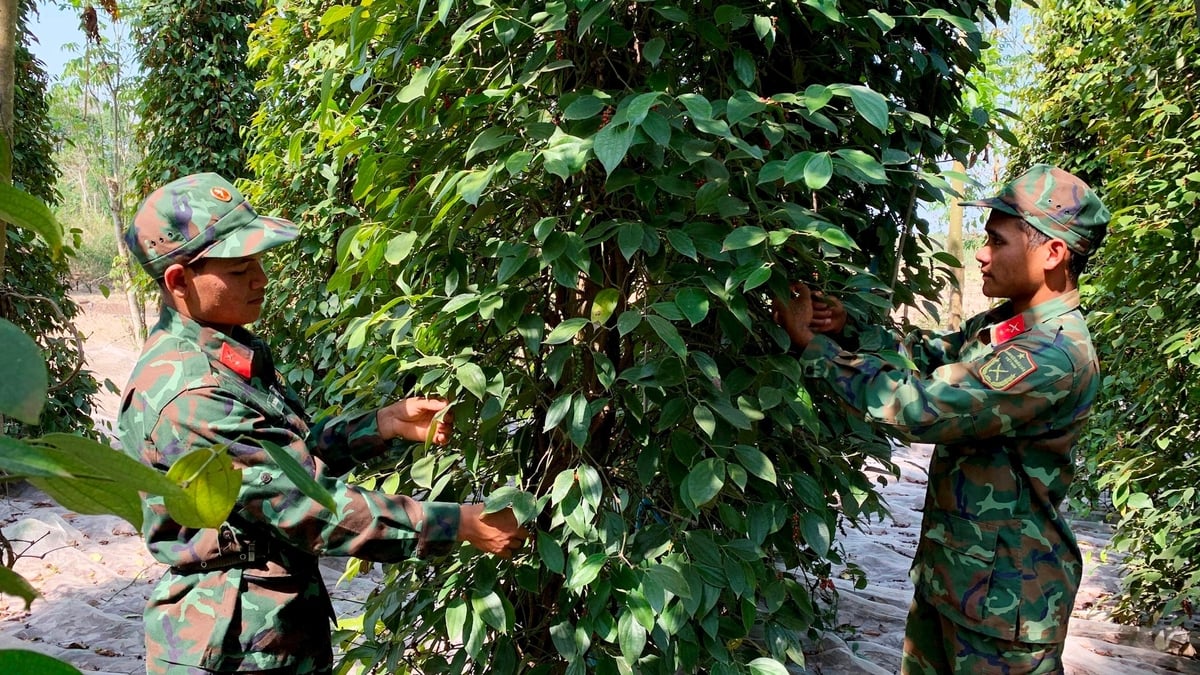
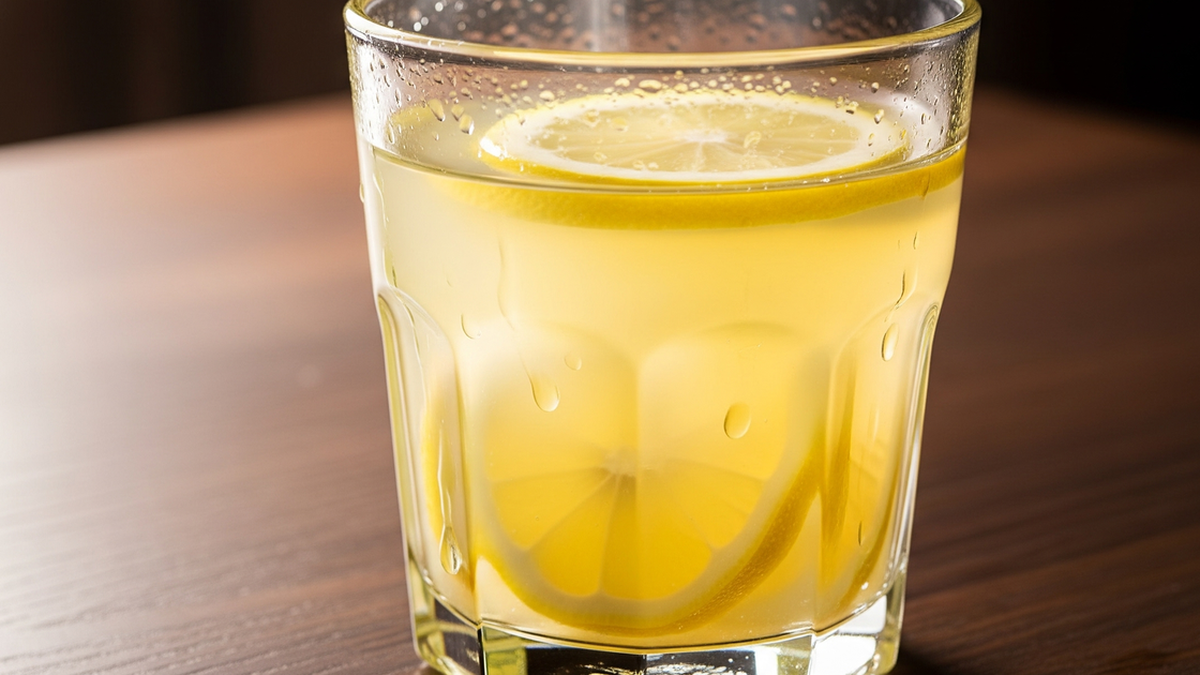
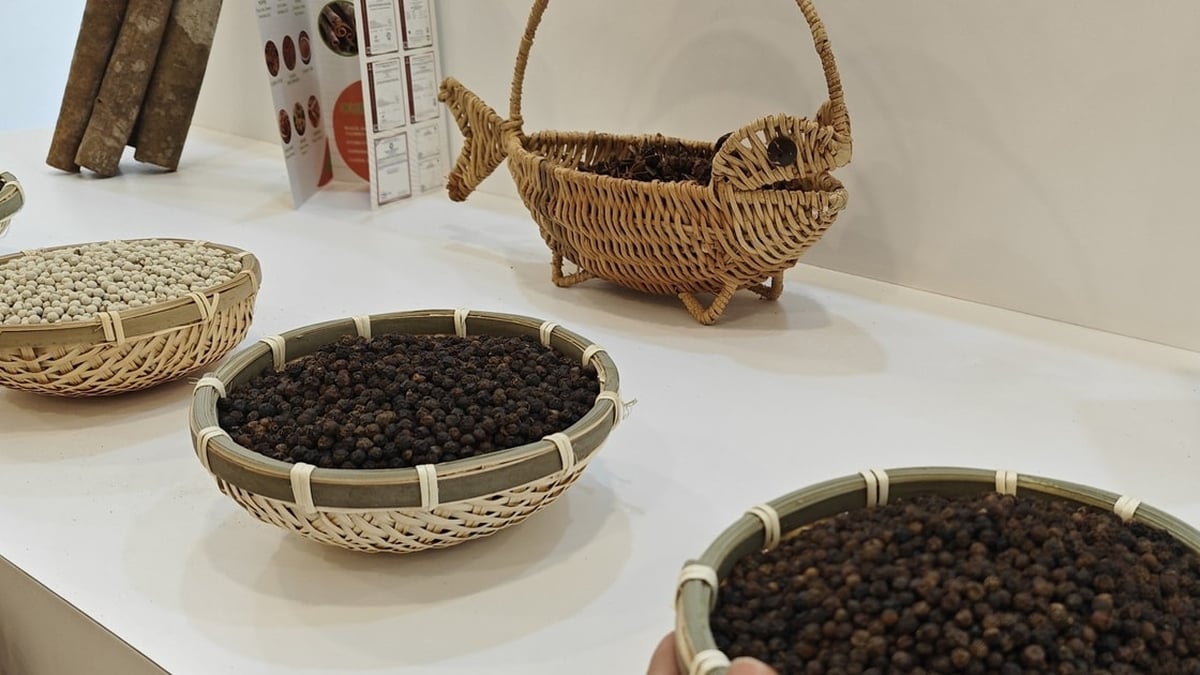

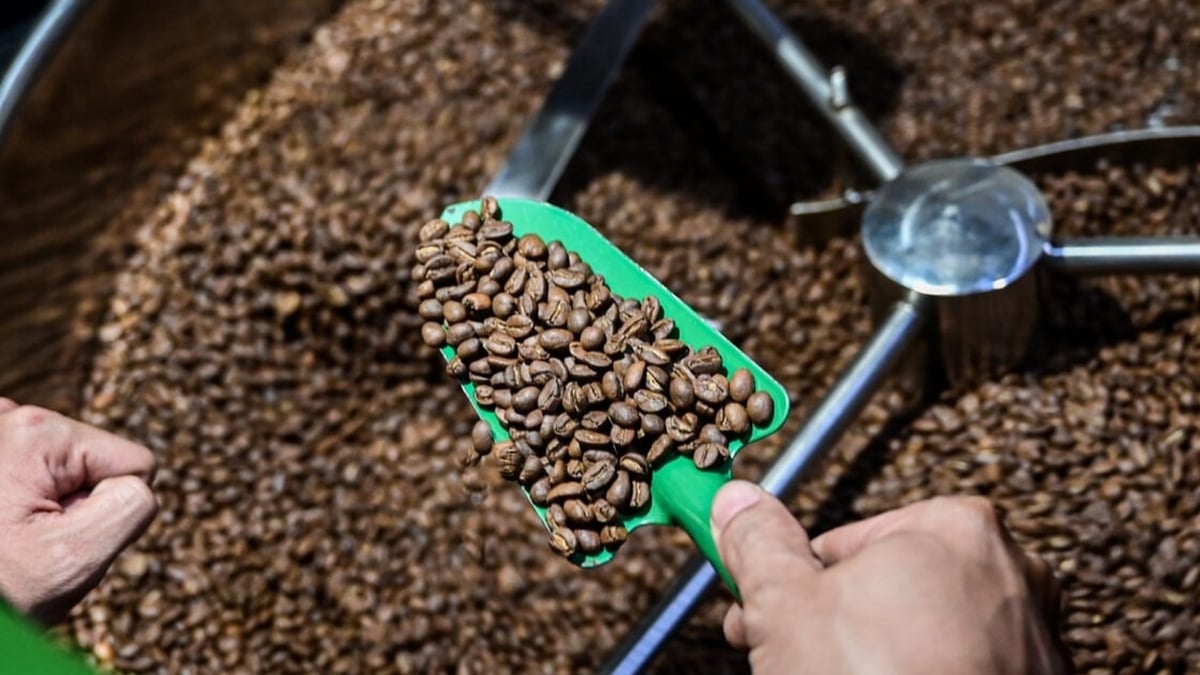

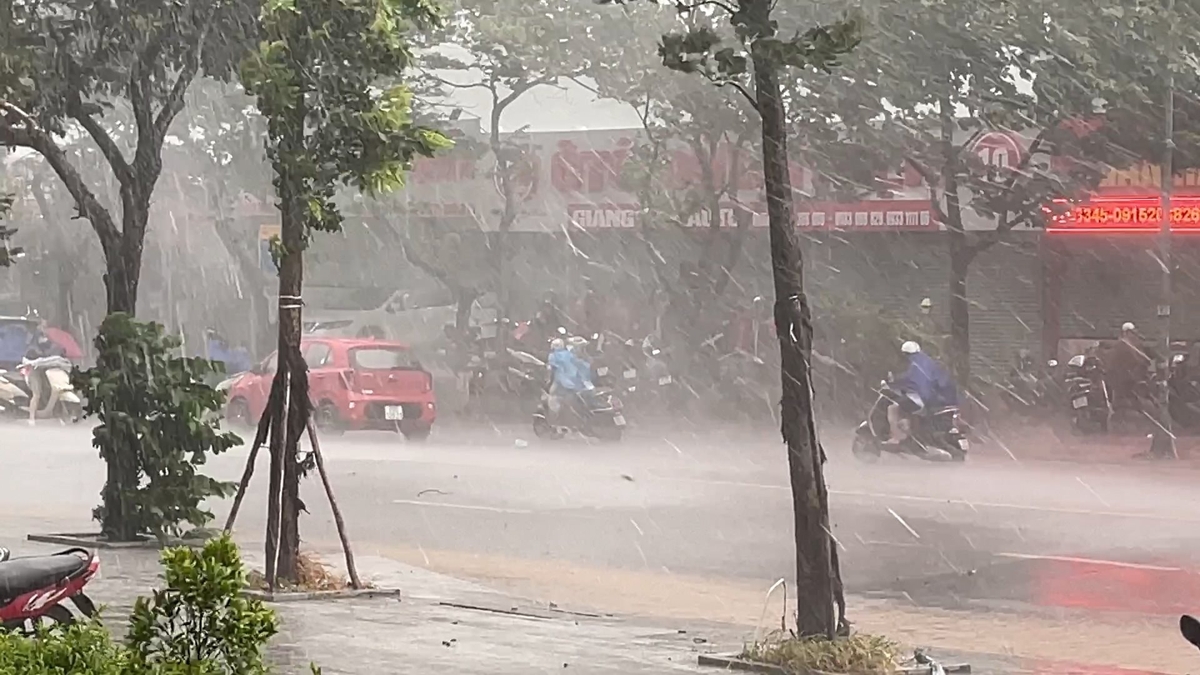














![[Photo] National Assembly Chairman Tran Thanh Man visits Vietnamese Heroic Mother Ta Thi Tran](https://vphoto.vietnam.vn/thumb/1200x675/vietnam/resource/IMAGE/2025/7/20/765c0bd057dd44ad83ab89fe0255b783)







































































Comment (0)